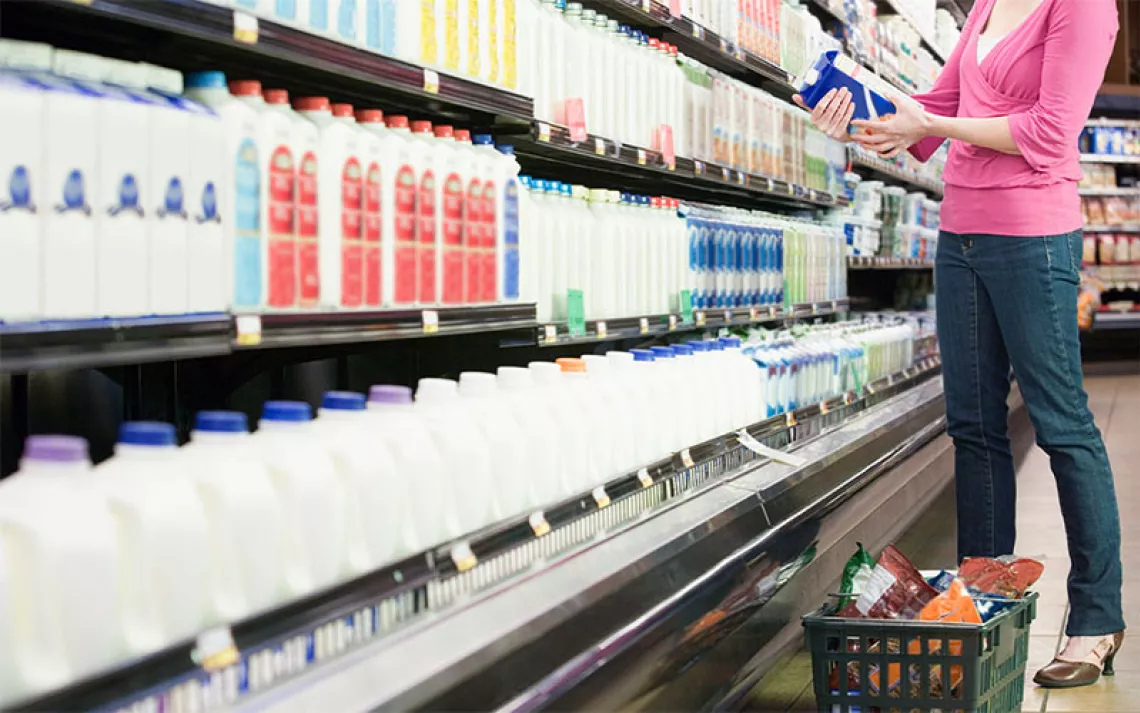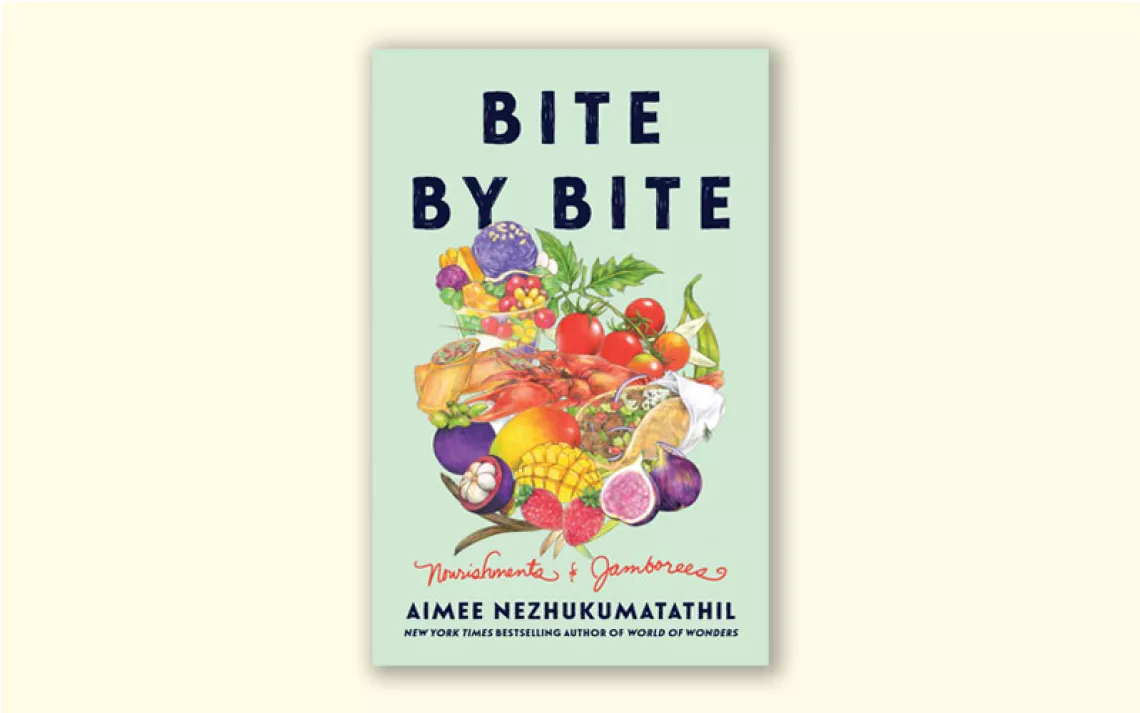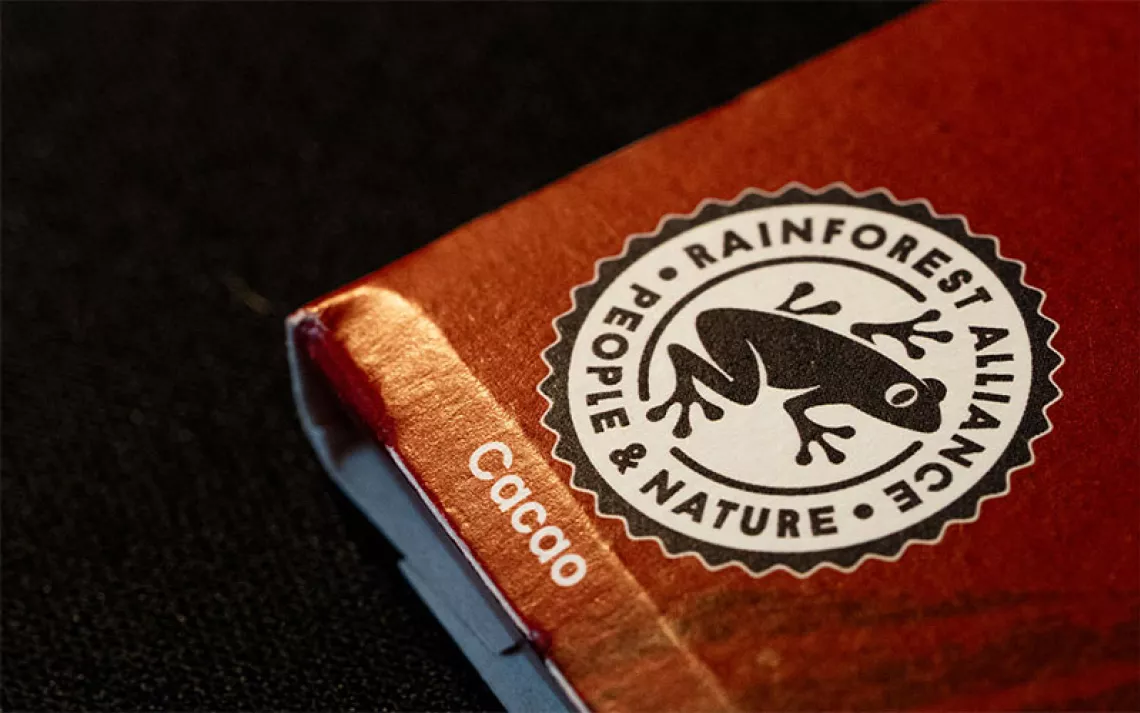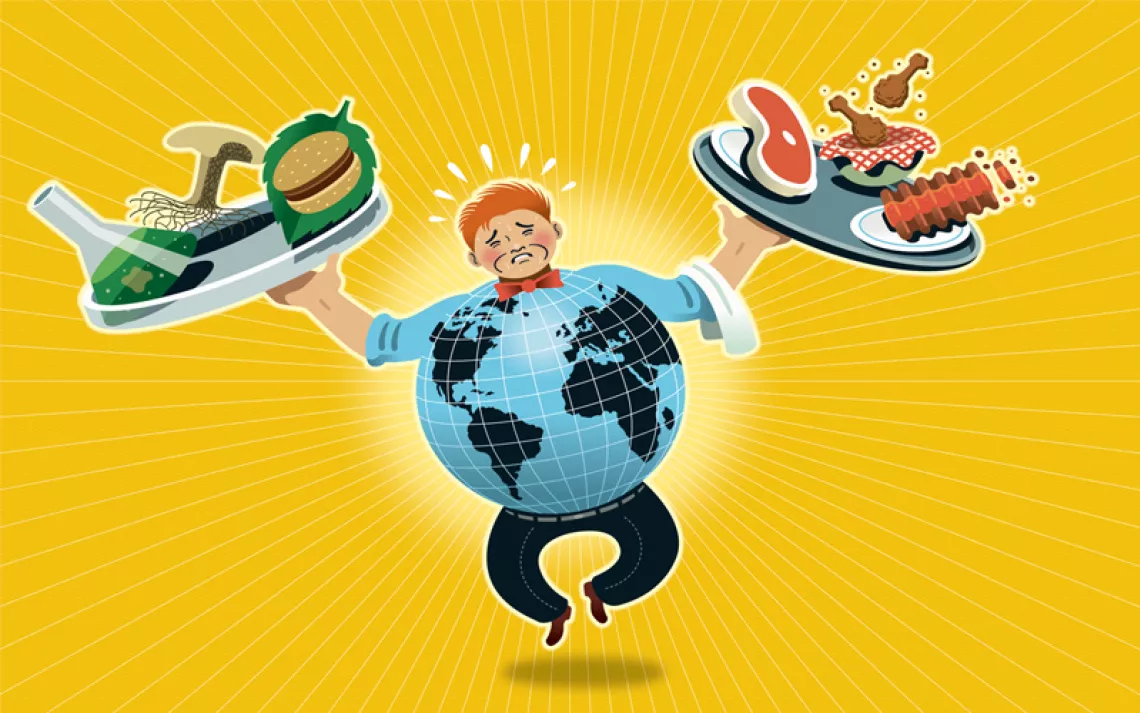How to Green Your Cup of Coffee

Photo by iStock/PhanuwatNandee
Amid the workweek frenzy, lethargy is bound to slow even the most productive of us. As our energy dwindles, so can our efforts to live sustainably. According to the National Coffee Association's 2013 online survey, about 83 percent of adults nationwide drink coffee. That averages to three cups a day per person, or 587 million cups, making the U.S. the world’s biggest coffee guzzler.
Most of us probably grab our morning Joe without thinking twice—even if we should. Reports of worker exploitation and habitat destruction in the coffee industry can make a humble latte both an environmentally and socially fraught purchase. Here’s how you can ensure your beans come from a farm that’s good for workers and the environment.
Ditch the Paper Cup (Duh!)
Fifty-eight billion paper cups are thrown away each year, according to BetaCup. Although the cups’ plastic resin coating helps insulate our brew and prevent leaking, it also complicates recycling. Do your part to reduce paper waste, and opt for a reusable mug. Bonus points if you choose a mug made of ceramic or stainless steel instead of plastic.
Forget Paper Filters
As long as you’re abandoning paper cups, why not forego paper filters, too? Instead of a traditional coffee pot, consider buying a French press, which doesn’t require a filter. It’s also cheaper and makes more flavorful drinks. A reusable mesh filter is an option for those who already brew their Joe in a pot. Linda Green Homes offers an array of reusable filters for the gamut of coffee brewer brands.
Look For These Labels
USDA Organic
To earn USDA's organic seal, coffee farmers must not have used synthetic herbicides, pesticides, or fertilizers for at least three years. Growing coffee organically could help minimize the risk of environmental contamination and accidents involving toxic chemicals.
Fair Trade
Fair trade certification helps protect suppliers from exploitation by ensuring that they’re paid a fair price for their hard-earned crop. In return for providing good working conditions and just wages, producers get paid more for their coffee. Although the certification serves a primarily social purpose, when farmers get a fair price for their beans, they need less land to support themselves and their families. That means more land preserved for natural habitat.
Shade-Grown
Traditionally, coffee has been grown beneath the forest canopy. Now forests are cleared so that coffee can grow under the sun, which promotes higher, faster growing yields. Shade gown coffee, however, comes from plantations with the tree canopy and associated biodiversity still intact.
That’s not to say you shouldn’t do your own research. Since no official shade-grown certification exists, most coffee brands bearing the label have set their own standards. “Shade-grown” can range from full tree cover to full sun. Rustic is the most sustainable shade category option, in which the coffee grows in the existing forest with little disturbance of native vegetation. You can learn more about shade categories from Coffee & Conservation.
Buy From Roasters Who Participate in Farm Assist Programs
Support roasters who go the extra mile by providing grants and assistance to help farmers fund the costly certification procedure. Check their websites, which often prominently publicize this information.
Choose Arabica Beans
Unlike Arabica beans, Robusta beans thrive in the sun and therefore tend to have higher yields. That means growing Robusta often requires deforestation.
Although Robusta has about twice the caffeine content of Arabica, it has a harsher and bitterer taste. As a result, it’s typically used for inexpensive instant coffee, which contains primarily Robusta beans, as well as supermarket brands, which often consist of both Arabica and Robusta beans. On the other hand, specialty roasters usually prefer to brew tastier Arabica beans. Look for brands marketed as “100% Arabica” to make extra sure your dollars go toward shade-grown coffee.
Prepare to Dish Some Dollars
Cheap coffee might make less of a dent in your wallet, but the same can’t necessarily be said of its effects on farmers or the environment, which often take the brunt of the cost in the form of exploitation and deforestation to keep prices low. Shoulder some of the financial burden, and avoid buying coffee from convenience store chains, fast-food restaurants, and other inexpensive outlets.
Compost Coffee Grounds
Get the most out of your coffee—even after you've downed it. Instead of tossing the grounds, add them to your compost pile, or dig or till them into the soil at a 6-8 inch depth. The relatively nitrogen-rich grounds supply bacteria with energy to decompose organic matter.
 The Magazine of The Sierra Club
The Magazine of The Sierra Club



